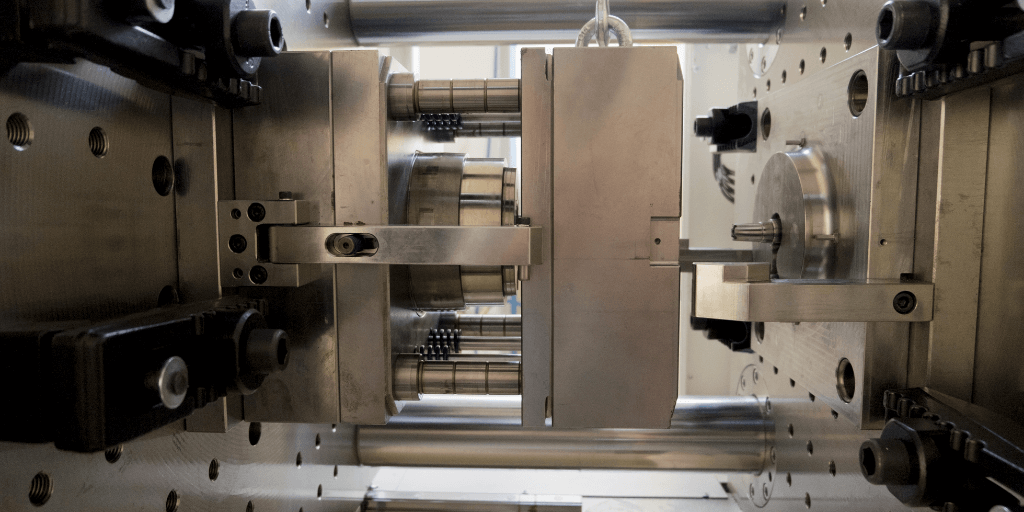
Of course, we all know the term ‘plastic’ and the part it has to play in our daily lives – it’s evident in our brand name too. But are you aware of the various plastic manufacturing processes? Plastic manufacturing has been around since the 19th century and it’s a growing and innovative force in the global plastics industry.
It’s critical for any designer and engineer working in product development to be familiar with the plastic manufacturing processes available today. The industry has a complex and long supply chain but that’s why we’re here to break it down for you. With over 75 years of combined experience, we know this industry inside and out.
In this post, we’ll explain what plastic manufacturing is, the different ways plastic is manufactured innovatively and our approach to different plastic manufacturing methods.
We’ll cover
Plastics are the most common materials used for producing end-use parts and everyday essentials. We guarantee that if you look around you now, you’ll probably find something made of plastic – found something? We thought so!
Plastic is a lightweight, durable, cheap and easily modified material that has had a high demand for the last few decades. It’s estimated that the production could approach almost 2000 million tons by 2050 – WOW! That’s a lot of scope for growth and it shows the importance of plastic in our day-to-day lives.
Given that plastic comes in different shapes, sizes, colours, durabilities and much more – it shouldn’t come as a surprise when we tell you about the range of manufacturing processes that enable plastic to become a desirable product.
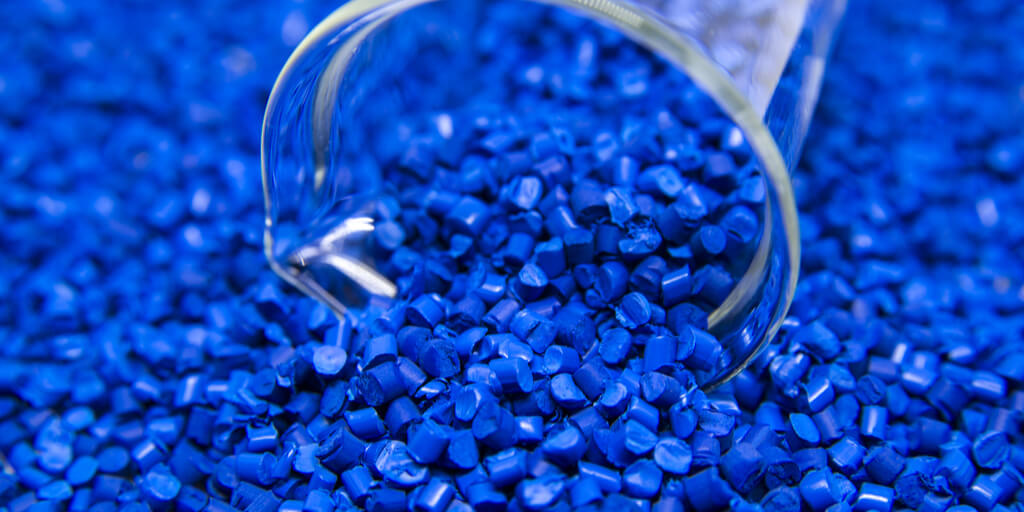
Most of the plastic in use today is derived by the following steps (don’t worry, we will keep things simple): plastics are created from raw materials like natural gas, oil or plants, which are then refined into ethane and propane.
Ethane and propane are then treated with a heat process called “cracking” which turns them into ethylene and propylene. These materials are combined to create different polymers (plastics). That seems complex we know, but plastics are created in many ways and come in thousands of varieties.
Each methodology has a variety of different features and specialities. Let’s not forget, that every method also has a different lead-time, cycle time, setup cost, form, cost per unit, and volume.
Whether plastic is being used to create remote control covers, innovative armchair designs, prosthetic limbs or bottle caps – the outcome isn’t the only thing that matters. Choosing the correct process is important too. You need to ensure products are created to the best quality, they’re cost-effective for your budget and they’re in-line with your demands.
So, now you know what plastic is and how it’s created in simple terms, let’s explore some of the different manufacturing processes available.
As the name suggests, injection moulding works by melting plastic pellets and then injecting these into a mould cavity to produce a product. The plastic within the moulds is compressed tightly – this is great for more complex or intricate shapes. If product consistency, plastic strength and good colour control are important to you, you’ll be pleased to know that injection moulding ticks all of these boxes.
This process is fast and is most commonly used for mass manufacturing of identical plastic products. Also, something that’s important to us, is recycling where we can. With injection moulding, low scrap rates are guaranteed as unused or waste plastic can be reground and recycled for future use.
Again, if you look around your desk or home, you will find a multitude of injection moulded products. They’re most commonly found as console covers, bottle tops, remote control casings and much more.
Injection moulding is at the forefront of the services we offer. We can help you trial products with this method or we can use this unique moulding to create or repair your existing items. We have worked with many businesses across a variety of industries so we can assure you that the outcome will be something bespoke and tailored to your needs.
Manumolding is similar but it’s used for the prototype process of production – if you need cost-effective prototypes, this would be the process suited for you. It’s a more versatile moulding process that’s ideal for low-quantity manufacturing and it’s well suited to short production lines.
This is used in many product developments, where small quantities have been the requirement for trial purposes. Low-cost operation is achieved because of the simplicity of the manumolding process and its operation in plastic manufacturing.
At Andrew Plastics, we can help you manufacture a very small quantity or we can help create a prototype of your product vision. We aren’t focused on one industry or level of production either. We want to help all businesses produce the products they envision through the use of expert manumolding processes.
Also known as sonic welding. This process is used to join plastic parts together using high-frequency sound waves. It’s also a great non-chemical choice as this process requires no chemical adhesives or mechanical fasteners.
It’s one of the most popular methods for joining plastics because it’s quick, clean, reliable and extremely cost-effective. But it doesn’t just stop there, the high-frequency sound waves can also weld different types of plastic or other materials.
After items are welded, vibrations stop and the plastic cools very rapidly, creating an unbreakable strong bond. The advantages of ultrasonic welding go above decreased product costs, it also produces a high-quality bond with a tight seal and it’s a time saver when repairing products.
Want to add a touch of diversity to your products? That’s where hot foil printing comes in. To put the finishing touch to your products hot foil printing is a great way to personalise your plastic moulding. Hot foil, also known as hot stamping foil, is a method used to transfer foils to a surface using a high temperature.
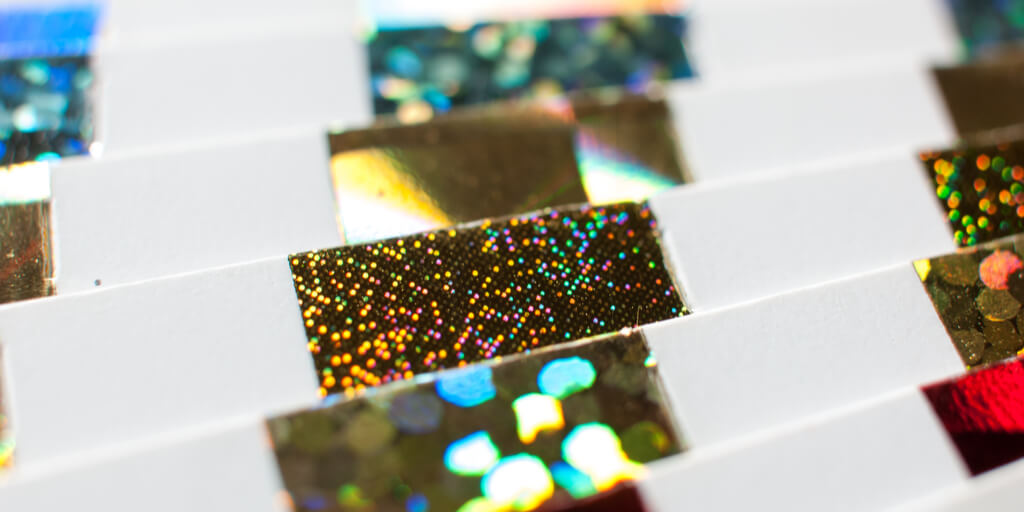
It’s a flexible manufacturing method that provides solvent-free printing. It can create the most incredible designs that can be holographic, glossy or metallic in finish quality. It’s one of the ways to achieve this level of printing and reflection. What’s also great to know is this added touch of personalisation is also long-lasting and hard-wearing.
Hot foil printing is diverse and the possibilities are endless! You may have come across this manufacturing method on branded make-up, on the side of your gin and beer bottles, as branding on the spine of a book or even on business cards – a great way to enhance your existing branding professionally.
We know the importance of bespoke branding and with the use of hot foil printing, this can be achieved. Our expert team can provide assistance and whatever your custom needs are, we can help you produce fully bespoke items perfect for your overall brand vision.
Want to print on an irregular shape? Pad printing is great for adding colour, graphics and lettering to irregular shapes and surfaces – golf balls, keyboards, toys and cables. It’s an indirect offset printing that is used to transfer a 2D image onto a 3D object via a silicone pad (hence the name, pad printing). Pad printing is used on products that are difficult to print on via other methods of stamping.
If you have a complicated or challenging substrate material that requires printing to finish it off, pad printing can achieve a streamlined outcome with quick speed. It’s highly versatile and you’ll struggle to find a material that can’t be used for pad printing.
Need some assistance with printing on a difficult object? At Andrew Plastics, we use pad printing as an alternative printing method without the need for screens or heat. The possibilities are endless and the scope for creativity is massive with this technique.
We know that there is a lot to choose from within the plastics industry and it can be difficult to understand where to start. But with the right support and a manufacturer you can trust, it becomes much easier to decide.
Whether you’re wanting to create a prototype or you want to produce products on a mass scale – we can help. We’ll answer any questions you have and reassure you with the correct direction going forward, so please don’t hesitate to get in touch!
If you’re still wanting to learn more in the meantime, download our FREE Ebook that includes everything you need to know about us, how we operate and how we can help your business.
LLorem ipsum dolor sit amet, consectetur adipiscing elit. Mauris feugiat risus eros, nec fermentum. Lorem ipsum dolor sit amet, consectetur adipiscing elit.
Download Now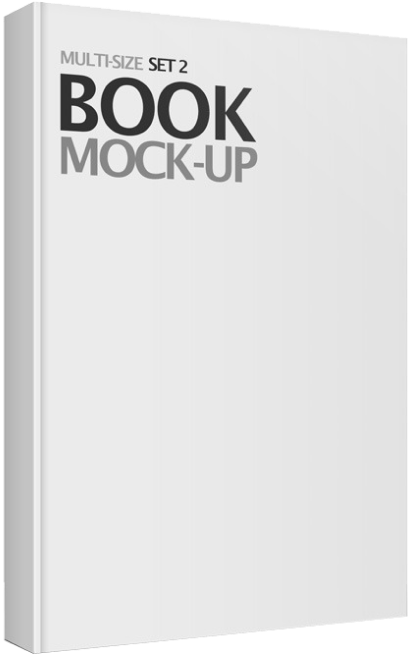
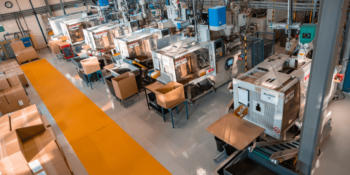
Injection moulding is a manufacturing process used universally
Read more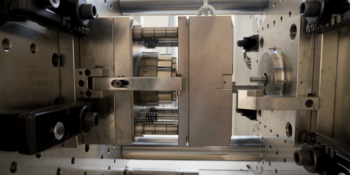
Of course, we all know the term ‘plastic’
Read more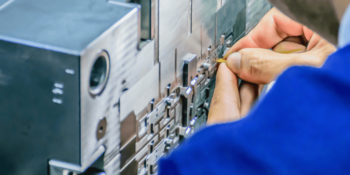
At Andrew Plastics, we’re specialist plastics manufacturers. With
Read more